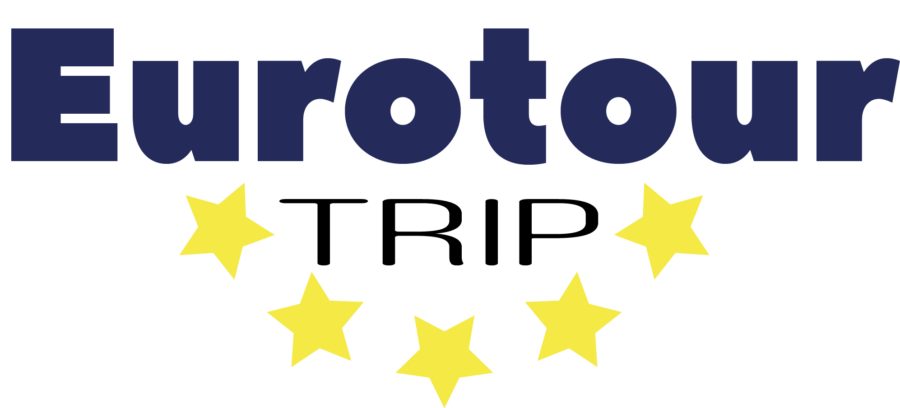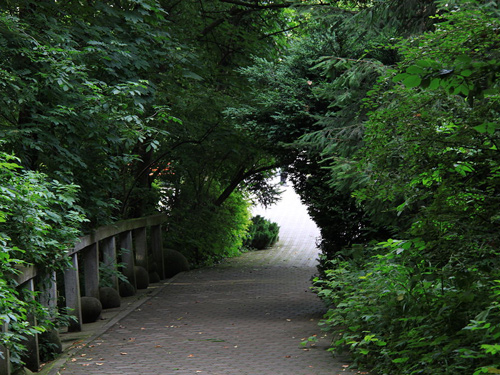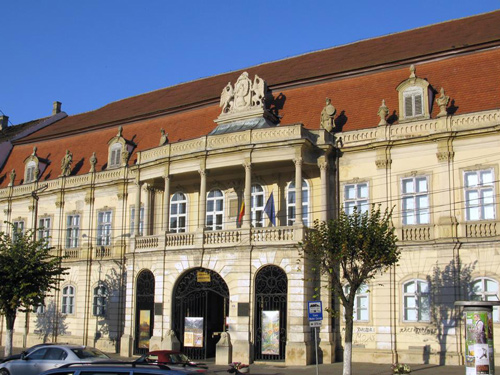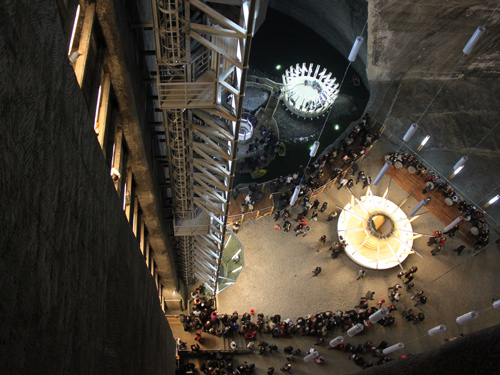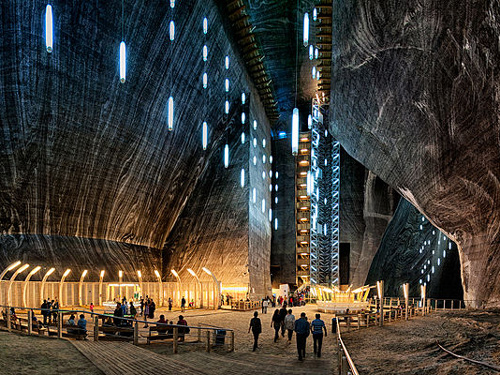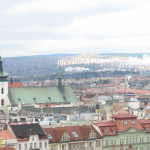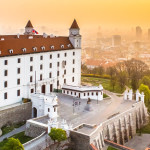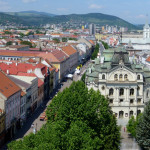
14 Dec Cluj-Napoca
Cluj-Napoca – shortened often as ”Cluj” – is the second largest city of Romania as well as the center of mountaineous Transylvania locating in the northwestern part of the country, Someșul Mic River valley. It has appr. 320,000 residents.
City is culturally unique for its location in Transylvania and Hungarian minority, which is the second largest ethnic group in the area. Cluj-Napoca was mentioned first time in written source in 1213. In 12th century large groups of Saxons moved here as a par of the great German immigration wave in Transylvania, and German minority was strong until World War II. City was under the regimes of the Principality of Transylvania and Habsburgs until it became the part of Romania together with the rest of Transilvania in 1918, being occasionally annexed to Hungary 1940-44.
What to do and see in Cluj
Botanical garden
Locating in address Republicii 42, this over 14 hectares wide green oasis refreshes a visitor through the year. Garden area contains a lovely Japanese garden, greenhouses for ecuatorial and tropical plants, a small water course through its middle, and a vantage tower.
Art museum at Bánffy Palace
Art Museum of Cluj-Napoca is located in the idyllic 18th-century Baroque palace at address Piaţa Unirii 30, named after its first owner, Hungarian duke György Bánffy (1746–1822). It houses the collection of Romanian and European paintings, graphics and decorative art from the 15th to the 20th centuries.
It was founded in 1951 and it benefited by some already existent funds: a small part of the curiosity collection, metal work, pieces of furniture and European plastic art, previously belonging to Muzeul Ardelean (The Transylvanian Museum) and the collection known under the name of “Pinacoteca Virgil Cioflec”(The Virgil Cioflec Pinacotheque.)
Turda salt mine
Near the village of Turda, 34 kilometres south from Cluj-Napoca, lies this miraculous health center and a nature sight. This former salt mine is ranked by the Business Insider magazine as one of the coolest underground places in the world. It offers halotherapy services for neuromotoric and other disabilities, and its sights include the conical Terezia mine with an underground lake and the salt efflorescences, the Rudolf mine with a panoramic elevator and beautiful, some even 3 meter high, stalactites and the Gizela mine with a spa treatment room. Wanna do caving or try healthy salt treatments? Try Turda. There is a bus connection between Cluj and Turda, see its timetable here.
Shopping
- Mihai Viteazu Square and Marasti Square are known for many small shops, Marasti being little bit cheaper in general.
- Iulius (Alexandru Vaida-Voevod, nr. 53B) and Polus Center (Strada Avram Iancu 492-500) are two malls selling high-quality products.
Recreation
- Centrul Bowling Beyfin (14 Alexandru Vaida Voevod Street) has a good bowling alley and a bistro.
- Situated at 15 km from the center of Cluj, in Salicea village, the Riding Center Napoca Sport Horse offers riding trips in beautiful hills and forests.
Kuvat: Wikipedia Commons CC lisenssillä / Danutz, Cristian Bortes, Mathiasrex, Ungureanu Adrian Danut, Omarcu94
| Cluj-Napoca, Romania | 2°C overcast clouds | |
Wind
5 m/s, NW
Humidity
87%
Pressure
771.07 mmHg | ||
Cluj-Napoca top 5
- Art museum at Bánffy Palace
- Botanical garden
- Shopping at Mihai Viteazu Square
- Bowling and sipping tasty local beers at Centrul Bowling Beyfin
- Etnography Museum of Transylvania (Memorandumului 21)
How to get in Cluj Napoca
 Cluj-Napoca has an international airport. List of its airlines is visible here, and destinations here. The Airport of Cluj-Napoca has transport connections to downtown Cluj-Napoca. To get there, travelers can choose between car rentals, taxi, limo service and public transport (bus line 8 running from 5:30 AM till midnight, bus number 5, 4 RON for two travels). For the public bus, one need to buy a ticket from the booth in front of either the Arrivals or Departures terminals. Bus drivers do not sell tickets.
Cluj-Napoca has an international airport. List of its airlines is visible here, and destinations here. The Airport of Cluj-Napoca has transport connections to downtown Cluj-Napoca. To get there, travelers can choose between car rentals, taxi, limo service and public transport (bus line 8 running from 5:30 AM till midnight, bus number 5, 4 RON for two travels). For the public bus, one need to buy a ticket from the booth in front of either the Arrivals or Departures terminals. Bus drivers do not sell tickets.
 Cluj-Napoca has various bus routes between major Romanian cities and many European cities. Romanian bus timetables are visible here. OrangeWays has cheap bus connections from Budapest, from the Nepliget bus station. Royal GTS also offers daily buses from Nepliget bus station, they stop in Cluj before Billa supermarket in Mănăștur. This coach doesn’t start in Cluj so phone reservation is necessary for the way back. Eurobusways offers special door-to-door transfers from any address in Budapest or Vienna airport, directly to address in Cluj Napoca. Huben, Optimus Trans, President Tour and Kolumbus Express offers minibus connections to and from Budapest.
Cluj-Napoca has various bus routes between major Romanian cities and many European cities. Romanian bus timetables are visible here. OrangeWays has cheap bus connections from Budapest, from the Nepliget bus station. Royal GTS also offers daily buses from Nepliget bus station, they stop in Cluj before Billa supermarket in Mănăștur. This coach doesn’t start in Cluj so phone reservation is necessary for the way back. Eurobusways offers special door-to-door transfers from any address in Budapest or Vienna airport, directly to address in Cluj Napoca. Huben, Optimus Trans, President Tour and Kolumbus Express offers minibus connections to and from Budapest.
How to get around in Cluj-Napoca
- Cluj-Napoca has an extensive public transport. It contains 25 bus lines, 7 trolleybus lines, and 3 tram lines. Routes and timetables are visible here.
- Taxi cab tariff is around RON2.25 (c. 50 eurocents/ USD0.70) per kilometre, and the same is applied as a start fee.
- There are many opportunities to rent a bike in cost-free bike-sharing system from Down Town Rent a Bike, I’Velo or StudentObike, Other rent offices are at Raiffeisen Bank agencies.
